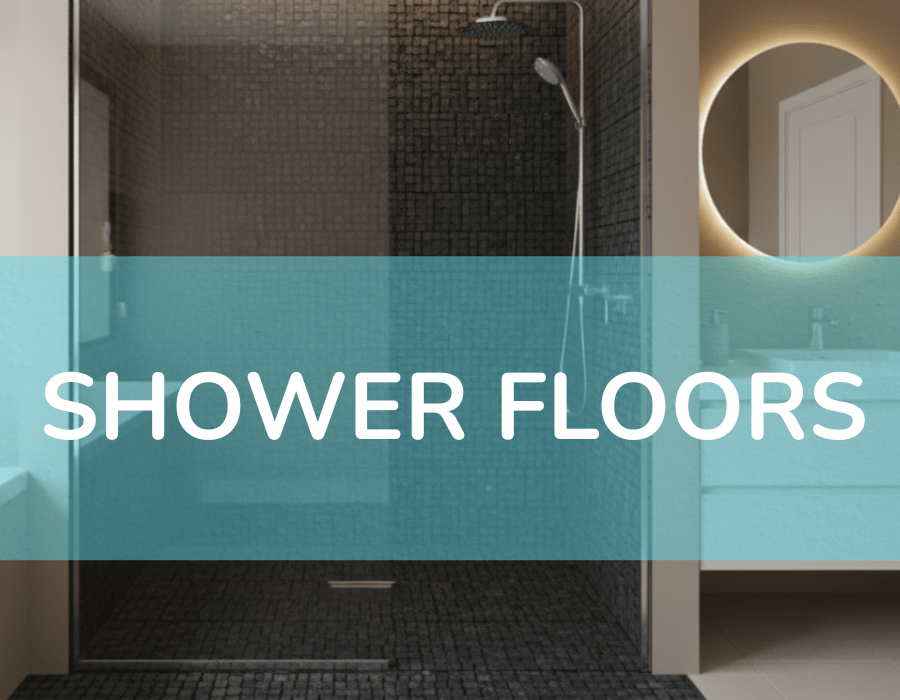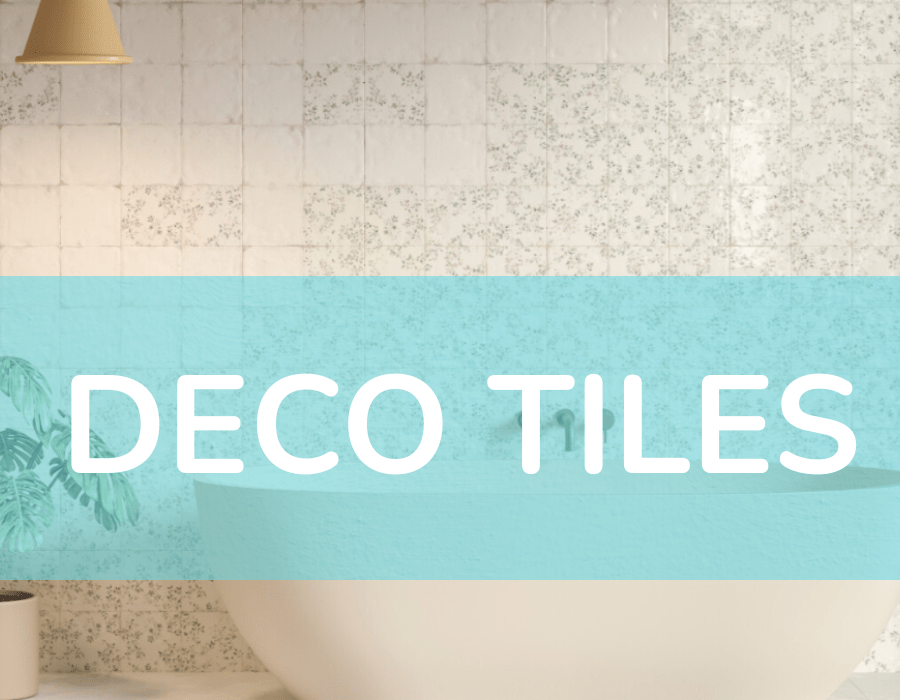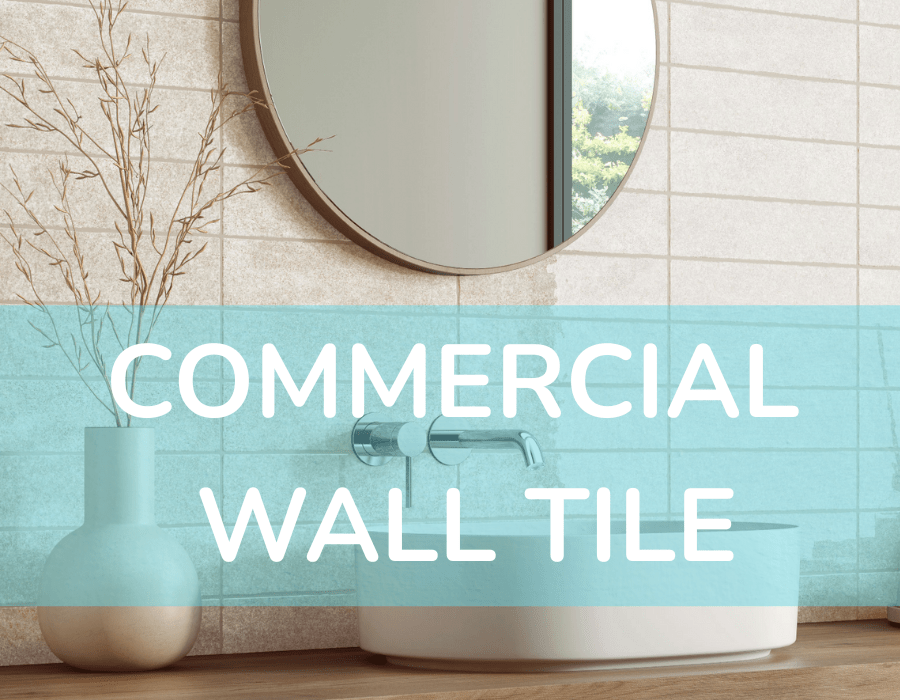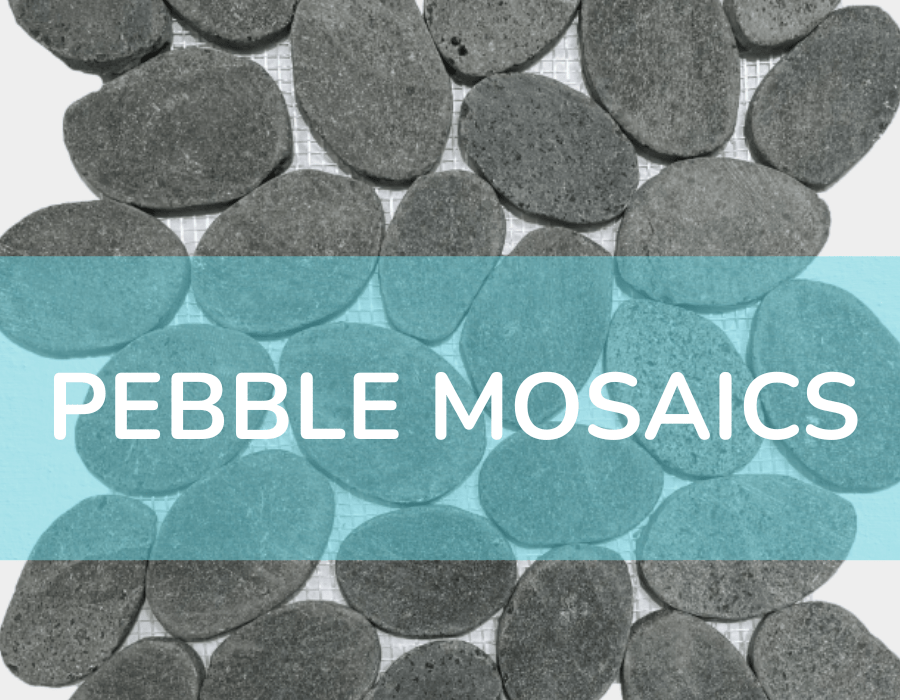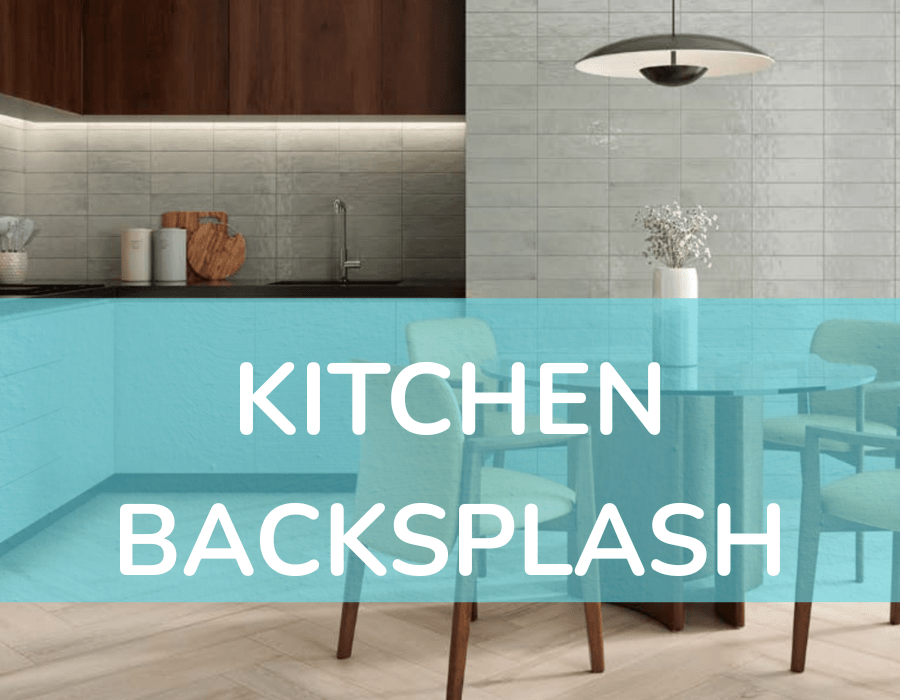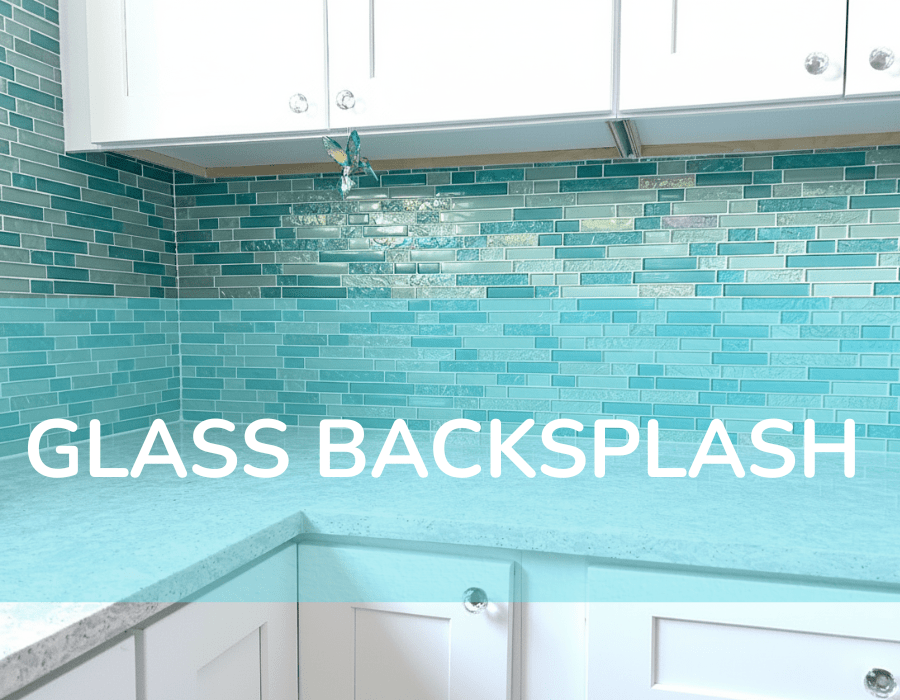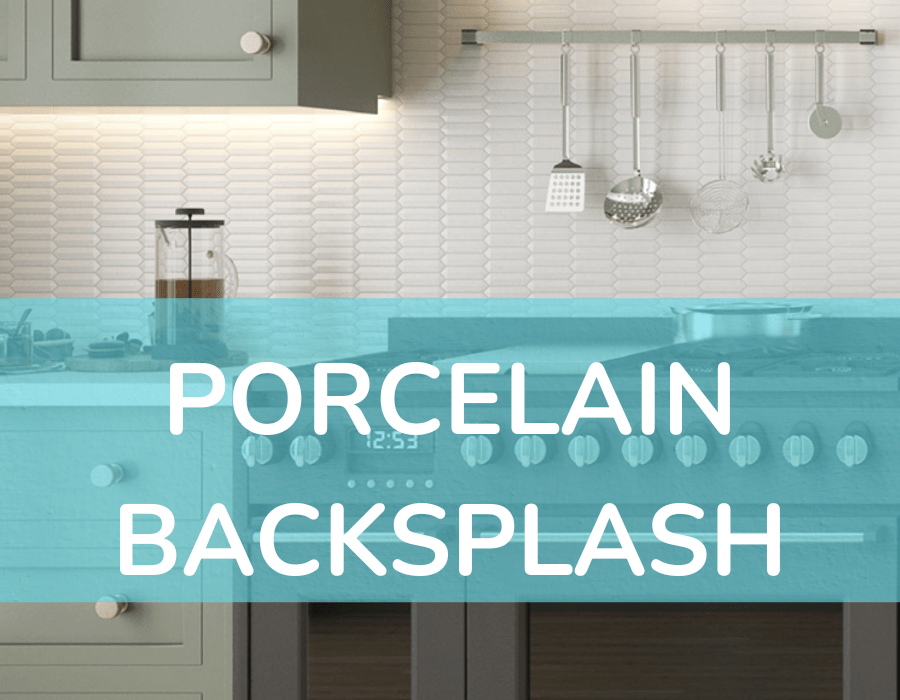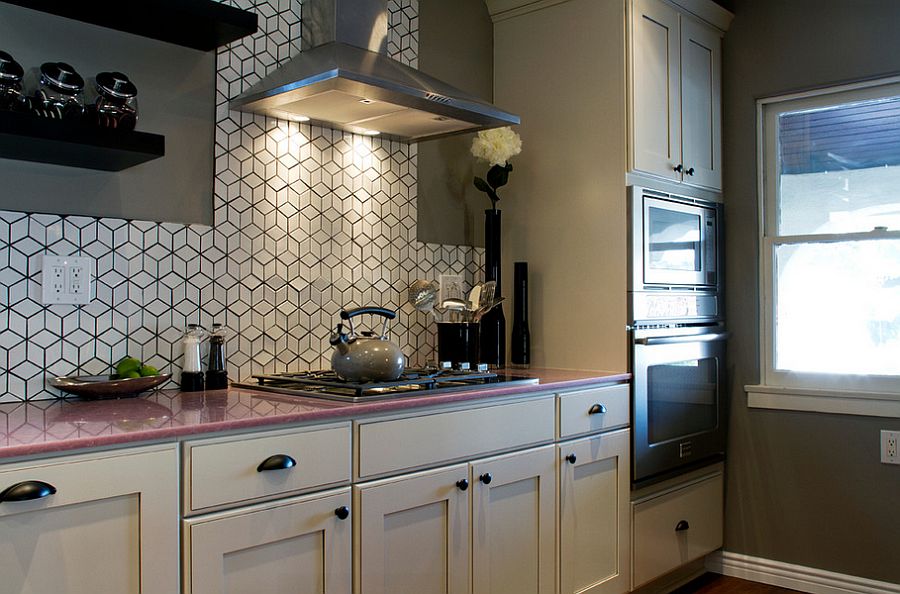
Perfect Geometric Kitchen Tiles Patterns, Materials and Colors
If you're considering a kitchen makeover or just looking to add flair to your cooking space, you've come to the right place. We're here to explain everything you need to know about these stylish tiles in a way that's easy to understand.

Geometric kitchen tiles aren't just your average tiles they're like little pieces of art for your kitchen walls or floors. They come in all sorts of patterns, from timeless classics to bold and modern designs offering endless possibilities to suit your style preferences.
What Materials Are Commonly Used For Geometric Kitchen Tiles?
Geometric Kitchen Tiles can be made from various materials each offering unique characteristics in appearance, durability and maintenance requirements.
Some commonly used materials include:
Ceramic: Ceramic tiles are a popular choice for kitchen applications due to their durability, affordability, and versatility. They come in various colors, patterns, and finishes making them suitable for creating geometric designs.
Porcelain: Porcelain tiles are similar to ceramic tiles but are denser and more resistant to water, stains, and scratches. They are highly durable. Porcelain tiles can be manufactured to mimic the look of natural stone, wood or other materials.
Glass: Glass tiles can add a sleek and modern look to kitchen spaces. They come in various colors, shapes and finishes, including glossy, matte and frosted. Glass tiles are non porous and resistant to moisture making them ideal for kitchen backsplashes and accent walls.
Natural Stone: Natural stone tiles, such as marble, granite, travertine and slate offer a luxurious and timeless appeal to kitchen designs. They come in various colors, patterns and textures each with unique characteristics.
Cement: Cement tiles, also known as encaustic tiles are made by pressing a mixture of cement, sand and pigment into molds. They are known for their bold patterns and vibrant colors making them a popular choice for creating geometric designs.
Metal: Metal tiles like stainless steel, aluminum or copper can add a modern and industrial flair to kitchen designs. They come in various finishes, including brushed polished and hammered offering versatility in style and aesthetic.
What Color Schemes Work Best With Geometric Kitchen Tiles?
When it comes to color schemes for geometric kitchen tiles several options can complement and enhance the overall aesthetic of your kitchen.
Here are some suggestions:
Monochromatic Colors: Stick to a single color family for a clean, sophisticated look. Shades of white, gray or black can create a sleek and modern feel. Consider using variations in tone or texture to add depth and interest and Choose The Best Kitchen Tile.
Bold Contrast Colors: Pairing geometric tiles with contrasting colors can make a statement and add visual impact to your kitchen. For example, black and white tiles can create a classic yet striking look while vibrant colors like navy blue and mustard yellow can inject personality and energy into the space.
Neutral Colors: Neutral color schemes, such as beige, taupe or soft earth tones can create a warm and inviting atmosphere in your kitchen. These colors provide a versatile backdrop that allows the geometric patterns to stand out without overwhelming the space.
Metallic Colors: Introducing metallic accents, such as copper, brass or stainless steel can add a touch of luxury and sophistication to your kitchen. Consider incorporating metallic elements in the tile design or using metallic finishes for fixtures and accessories to create a Unique Kitchen Tile look.
Complementary Colors: Choose colors opposite each other on the color wheel to create a vibrant and dynamic color scheme. For example, pairing blue geometric tiles with orange accents or yellow tiles with purple accents can create a visually stimulating and harmonious effect.
How To Choose The Right Kitchen Tile Patterns?
Choosing the right Kitchen Tile Patterns involves considering various factors such as the size and layout of your kitchen, the style you want to achieve and your personal preferences.
Measure where you plan to install the tiles, including walls floors and backsplashes.
Consider the size and layout of your kitchen and the placement of fixtures cabinets and appliances.
Determine the overall style and aesthetic you want to achieve in your kitchen.
Consider your kitchen's existing decor color scheme and personal taste and lifestyle.
Explore different tile patterns and designs to determine what appeals to you.
Pay attention to factors such as tile shape layout orientation and the overall visual impact of each pattern.
Think about the functionality and maintenance requirements of different tile patterns.
Choose a tile pattern that complements the scale and proportion of your kitchen space.
For small kitchens consider using larger tiles to create the illusion of space. Larger kitchens can accommodate more intricate patterns and designs.
Once you've narrowed your options request samples of your chosen tile patterns to see how they look in your kitchen environment.
From exploring various tile patterns and materials to discovering the power of color in transforming your space you now have the tools to elevate your kitchen decor to new heights.
With endless possibilities for creativity and expression geometric tiles offer a unique opportunity to infuse your kitchen with a decor collection. Ready to take the next step in your kitchen decor journey? Visit Tiles & Deco today to explore our wide selection of geometric tiles.
FAQs
What are the advantages of using geometric kitchen tiles?
Geometric tiles offer several advantages, including versatility in design, durability ease of maintenance and the ability to create visual interest and focal points in your kitchen.
What are some popular geometric tile patterns for kitchens?
Popular geometric tile patterns for kitchens include herringbone, chevron, basketweave, hexagon, arabesque, and subway tiles. These patterns can add depth, texture and visual appeal to kitchen surfaces.
Which materials are commonly used for geometric tiles?
Common materials for geometric tiles include ceramic, porcelain, glass natural stone (such as marble, granite, and travertine), cement and metal (such as stainless steel and copper).





